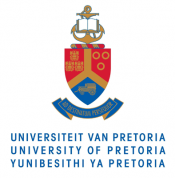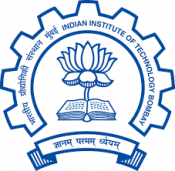
Project 4.1 (2020)
Background
Whole-of-lifecycle cost analysis (WOLCC) can be used to compare competing options for pavement materials over a certain analysis period and to identify the option that results in the minimum total life cycle cost (i.e. the optimal option). For WOLCC to yield valid and consistent results, each option considered must provide the same level of service (LoS) for a given volume of traffic, i.e. vary only in life-cycle costs. The selection of an appropriate pavement material should consider all of the costs and benefits that will be incurred as a result of the selection. These costs and benefits should be estimated over the analysis period that is sufficiently long enough to reflect differences in performance among pavement materials [National Cooperative Highway Research Program (NCHRP) 2001].
The costs associated with managing road assets include those incurred by the road agency, the user and social and environmental costs (pollution from vehicle emissions, traffic noise). The benefits for the users include savings in vehicle operating costs (VOC), travel time and accident costs, increased comfort, reduced noise and less community impact. Other benefits include those accruing from socio-economic developments such as increased agricultural productivity, industrial output, accessibility benefits, etc. (PIARC 1999). Some of these costs and benefits are quantifiable and can be expressed in money values, others are either hard to quantify, such as better social welfare, ecological impacts, or quantify in money values, such as road safety, energy use and congestion (PIARC 1999).
A set of sustainable pavement materials such as crumb rubber or bio asphalt, for use at network level analysis, should be considered for different road LoS classes. Whole-of-life-cycle-costing (WOLCC) analysis can be used to determine the materials that achieve minimisation of total life-cycle costs at network level. The selection of the optimum pavement material for each LoS class can be based on economic criteria only or multi-criteria.
Project Objectives
1. To conduct a thorough literature review on recycled pavement materials and associate cost/benefits
2. Identify strategies for objective performance comparison of recycled pavement materials over the whole lifecycle
3. To conduct multi-criteria optimization and identify the best material solution
4. To provide a range of advanced tools and methods for optimal selection of recycled pavement materials
- Dr Mehrdad Arashpour (LCI - Monash University)
- Professor Jayantha Kodikara (Monash University)






































